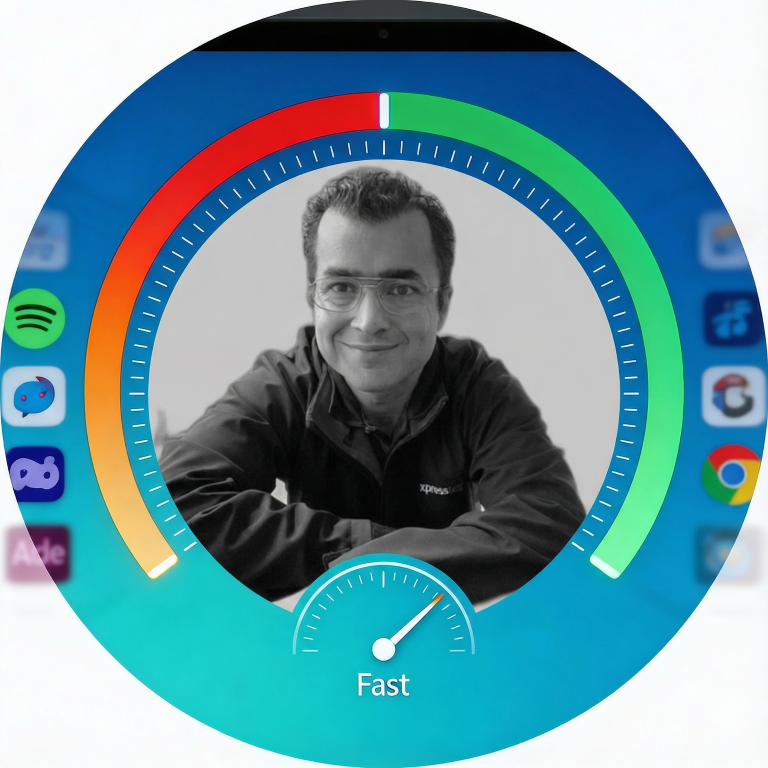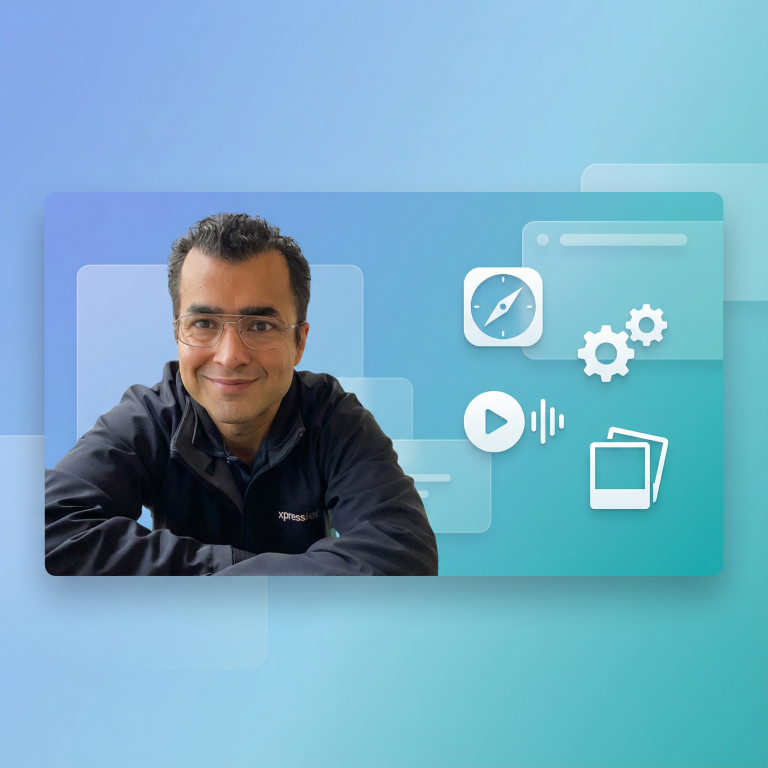
Guide To Best Practice Software Support in Australia
What you will get in this blog is a guide to Best Practice Software Support for your Medical Practice in Australia. We will delve deep into the world of healthcare IT Support, specifically focusing on Best Practice Clinical Software.
Whether you are a medical professional, an IT specialist, or just curious about the intricate workings of this system, you will find this guide to be an invaluable resource.
Introduction to Best Practice Software
Best Practice Software is a leading provider of clinical and practice management software used by healthcare professionals across Australia. It has become an indispensable tool for managing patient reocrds, appointments, billing, and more.
A Brief History of Best Practice Software
Best Practice Software was established in Australia 2004. Since then, it has evolved into a comprehensive solution by thousands of healthcare providers. This software is known for its user-friendly interface, which simplifies the administrative tasks of healthcare practitioners.
Best Practice Software has consistently strived to improve and expand its capabilities in response to the evolving needs of healthcare professionals, it has witnessed substantial growth, which is attributed to its user-centric approach, allowing medical practitioners to manage their practices more efficiently.
This journey of innovation and customer-focused development has positioned Best Practice Software as a frontrunner in the Australian healthcare software industry.
Features of Best Practice Software
Best Practice Software boasts a wide awway of features, designed to enhance the efficiency and effectiveness of healthcare providers.
- Patient Records Management: Best Practice Software allows healthcare professionals to efficiently sotre, access, and update patient reocrds, ensuring that critical information is readily available during consultations. It also offers the ability to attach documents and images to patient records, facilitating comprehensive patient care.
- Appointment Scheduling: The software streamlines the scheduling process, reducing patient waiting times, and ensuring that appointments are managed effectively. Calendar management, appointment reminders, and waiting list functionality are all integrated into the system.
- Billing and Invoicing: Best Practice simplifies the billing process, ensuring accurate and efficient financial management for medical practices. It supports Medicare, DVA, and private health fund billing, making financial transactions more straight forward and reducing errors.
- Integration with eHeath records: Best Practice Software is fully integrated with the Australian government's eHeath system, enabling seamless sharing of patient records between healthcare providers. This integration improves the continuity of care and ensures that important health information is accessible when needed.
- Pathology and Imaging Requests: The software offers integrated pathology and imaging request functionality, allowing healthcare professionals to send electronic requests directly to external service providers. This streamlines the process or ordering tests and receiving results.
The Importance of IT Support in Healthcare
The healthcare sector relies heavily on technology to deliver quality patient care. In this section, we will explore why robust IT support is crucial for medical facilities.
Ensuring Continity of Care
In healthcare, downtime is not an option. A reliable IT support system ensures that medical professionals can access patient data and critical information at all times, promoting continuous care. Interruptions in service can lead to delayed patient care, increased frustration, and potential risks to patient safety.
Data Security and Patient Privacy
Patient confidentiality is paramount. IT support must guarantee the highest level of data security and compliance with privacy regulations, such as Privacy Act in Australia. Breaches of Patient Data can have severe legal ethical consequences, underminig trust in the healthcare system.
- Data Encryption: To safeguard patient data, encryption is a cornerstone of data security. Dat should encrypted both at rest and in transit to protect it from unauthorised access.
- Access Control: Restricting access to patient records to authorised personnel only is essential. Role-based access control ensures that individuals can only view or modify data relevant to their responsiblities.
Choosing the Right IT Support Partner
Selecting the right IT partner is a pivotal decision for healthcare providers. This section will guide you through the essential considerations when making this choice.
Vendor Reputation
The reputation of the IT support vendor you choose can significantly impact the quality of service you receive.
- Experience: A reputable IT support partner should have a proven track record od supporting healthcare organisations. They should have experience in working with Best Practice Software and other healthcare IT systems.
- Client Reviews: Investigate client testimonials and feedback to gauge the vendor's service quality. Hearing from other healthcare professionals who have worked with the vendor can provide valuable insights into their performance.
- Certifications: Ensure the vendor's technicians are certified and well-versed in healthcare IT. Look for certifications related to Best Practice Software, compliance, and other relevant qualifications.
Tailored Solutions
Halthcare facilities vary in size and specialisation. A capable IT support partner should offer tailored solutions to meet the specific needs.
- Assessment: The support partner should conduct a thorough assessment of you healthcare facility to understand its unique requirements. This assessment should cover the number of users, the complexity of your IT infrastructure, and your specific goals.
- Customization: The ability to customise IT solutions to match the precise needs of your practiceis essential. This customization might involve software configuration, hardware recommendations, and workflow adjustments.
Response Time And Availability
In healthcare, emergencies can happen at any time. Ensure that your IT support partner offers round-the-clock support.
- 24/7 Healthcare IT Support: Medical emergencies do not adhere to a 9-5 schedule. Your IT support partner should beavailable 24/7 to respond to critical issues promptly. Whether it’s alate-night system malfunction or a weekend technical glitch, timely support is crucial.
- Emergency Response: A reliable IT support partner should have well-defined emergency response protocols. These protocols ensure that urgenty issues are addressed with the highest priority, minimising disruptions to patient care.
Best Practices for Best Practice Support
Now, let's dive into the best practices for providing IT support for Best Practice Software.
Help Desk Support
Helpdesk Support is critical component for providing IT support for Best Practice Software.
- Remote Assistance: A well-equipped help desk should provide remote support, addressing issues promptly. This allows healthcare professionals to get quick solutions without waiting for on-site assistance.
- Knowledge Base: A comprehensive knowledge base can empower users to resolve common problems independently. It should contain step-by-step guides, troubleshooting tips, and FAQs to assist users in self-service.
Proactive Monitoring
Proactive monitoring is the practice of continually watching the performance of your IT systems to detect and address potential problems before they impact operations.
- Early Issue Detection: An effective IT support partner should proactively monitor the system to detect and address potential problems before they impact operations. By identifying issues early, they canprevent disruptions to patient care.
- Performance Optimization: Continuous monitoring can also aid in optimising the software's performance. Your IT support partner shold analyse system performance data nd make recommendations for improvements, ensuring that Best Practice Software runs efficiently.
- Regular Health Checks: Regular health checks of your IT infrastructure and Best Practice Software are essential. These checks should include system updates, security assessments, and performance evaluations.
Training And Education
Training and education are crucial aspects of ensuring that healthcare providers can effectively use Best Practice Software.
- User Training: Offer training sessions to healthcare providers to ensure they are proficient in using Best Practice Software. This training should cover both the basics and advanced features to maximise the benefits of the software.
- Regular Updates: Keep users informed about software updates and new features. Informing healthcare professionals about updates ensures they can take advantage of improvements and enhancements.
Security And Compliance
Ensuring the security of patient data and compliance with healthcare regulations is non-negotiable. This section will delve into the steps required to maintain a secure and compliant environment.
Data Encryption
Data Encryption is a fundamental aspect of patient data security.
- End-To-End Encryption: Implement robust encryption protocols to protect patient data both at rest and in transit. Encryption should be applied to all patient data, including medical records, diagnostic images, and billing information.
- Access Control: Restrict access to patient records to autorised personnel only. Role-based access control (RBAC) should be implement to ensure that individuals can only access the data necessary for their roles.
- Secure Messaging: Encourage secure messaging practices among healthcare professionals to protect patient information. Implement secure messaging platforms for intra-organizational and inter-organizational communication.
- Multi-Factor Authentication (MFA): Require multi-factor authentication for access to sensitive systems. MFA adds an extra layer of security by verifying a user's identity through multiple methods, such as passwords, biometrics, and smart cards.
Compliance Audits
Regular compliance audits are essential to ensure that your healthcare facility adheres to all relevant regulations.
- Regular Audits: Conduct routing compliance audits to ensure that your healthcare facility adheres to all relevant regulations. These audits should encompass security, privacy, and data management practices.
- Penetration Testing: Regularly perform penetration testing to identify vulnerabilities in your IT systems. Penetration testing helps you proactively address security weaknesses before they are exploited by malicious actors.
Disaster Recovery Planning
Disaster recovery planning is a vital component of ensuring business continuity and data protection in healthcare.
- Data Backups: Regularly back up patient data to mitigate the risk of data loss. Backups should be performed at frequent intervals to ensure that the most recent patient data is recoverable in the event of data loss.
- Backup Testing: Test the effectiveness of your backups regularly. This ensures that in the event of a data loss incident, you can swiftly restore the data without complications.
- Disaster Response: Develop a comprehensive disaster recovery plan to ensure business continuity in the event of an unforseen crisis. This plan should cover data recovery procedures, system failover, and emergency communication protocols.
- Cloud-Based Disaster Recovery: Consider implementing cloud-based disaster recovery solutions for added resilience. Cloud-based solutions offer flexibility and scalability in disaster recovery planning.
Optimising Best Practice Clinical Software
Efficiency is the key to delivering quality healthcare services. This section focuses on optimising Best Practice Software for better patient care.
Custom Templates
Custom Templates can significantly improve the efficiency of healthcare providers.
- Template Creation: Tailor templates to streamline data entry for common procedures and diagnoses. Custom templates can be created for various specialities, ensuring that healthcare professionals can quickly document patient information.
- Quick Documentation: Predefined templates can speed up the documentation process. With a library of customised templates, healthcare providers can docuemnt patient encounters more efficiently, leaving more time for patient care.
Integration with Other Systems
Integration with other healthcare systems enhances the capabilities of Best Practice Software.
- Interoperability: Ensure that Best Practice Software seamlessly integrates with other essential healthcare systems. This integration allows for the exchange of data between different platforms, streamlining clinical workflows.
- Electronic Health Records (EHR): Integration with EHR systems can enhance data sharing across the healthcare ecosystem. Seamless EHR integration reduces data duplication, streamlines referrals, and ensures comprehensive patient care.
- Laboratory Information Systems (LIS) integration: Integration with LIS streamlines the ordering and receiving of laboratory results. Healthcare providers can send electronic orders directly to the laboratory, and results are seamlessly integrated into patient records.
- Imaging System Integration: Integrate Best Practice Software with imaging systems, allowing healthcare providers to view and and store diagnostic images directly within patient records. This integration simplifies the retrieval of radiology and diagnostic reports.
Performance Tuning for Best Practice Software Support
Regularly optimising the performance of Best Practice Software is crucial for delivering efficient and effective healthcare services.
- Regular Updates: Stay up-to-date with the latest software versions to access new features and performance improvements. Software updates often include bug fixes, enhancements, and new functionalities that can benefit healthcare providers.
- Hardware Optimization: Evaluate the hardware requirements and make necessary upgrades to support the software effectively. As Best Practice Software evolves, it may require more computing power and storage capacity. Ensuring that your hardware can meet these requirements is essential.
- Load Balancing: Implement load balancing to distribute system load evenly across servers. Load balancing ensures that system resources are utilised efficeintly, preventing performance bottlenecks during peak usage.
Emerging Trends in Healthcare IT
As technology continually evolves, so does healthcare IT. This section explores emerging trends in the healthcare IT landscape.
Telemedicine
Telemedicine has become a game-changer in the healthcare industry, allowing patients to consult with healthcare professionals remotely.
- Remote Consultations: Telemedicine has gained prominence, allowing patients to consult with healthcare professionals remotely. Patients. can access medical advice and treatment from the comfort of their homes, reducing the need for in-person visits.
- Telehealth Platforms: Explore the latest telehealth platforms and their integration with Best Practice Software. Telehealth platforms provide a seamless interface for healthcare providers and patients, facilitating virtual consultations and remote monitoring.
Artificial Intelligence
Artifical intelligence (AI) is making significant inroads into healthcare, revolutionising diagnostics and patient care.
- AI in Diagnostics: AI-driven solutions are becoming increasingly relevant for medical diagnostics. Machine learning algorithms can analyse medical images, detect patterns, and assist healthcare professionals in making more accurate diagnoses.
- Machine Learning: Learn how machine learning can enhance the accuracy of patient assessments. Machine learning models can analyse vast datasets to identify trends and predicts patient outcomes, assistin healthcare providers in making informed decisions.
Internet of Things (IoT) in Healthcare
The interent of Things (IoT) is revolutionising patient monitoring through connected devices.
- Connected Devices: IoT devices are transforming patient monitoring. Wearable devices, smart sensors, and remote monitoring equipment collect real-time data and transmit it to healthcare providers, enhancing the quality of care.
- Wearable Technology: Explore the impact of wearable technology in healthcare. Wearables, such as smart watches and fitness trackers, offer opportunities for continious health monitoring, empowering patients to take control of their health.
Your Path To Achieve the Best Best Practice Software Support
Excellence in healthcare is closely intertwined with the support and utilisation of Best Practice Software. As a healthcare provider, choosing the right IT support partner and implementing best practices for IT support is crucial to providing quality patient care.
To embark on your journey towards excellence, make informed decisions regarding Best Practice support, stay abreast of emerging healthcare IT trends, and embrace technological advancements that enhance patient care.
To find our more about our Medical IT Support Services contact us on 1300 991 030



